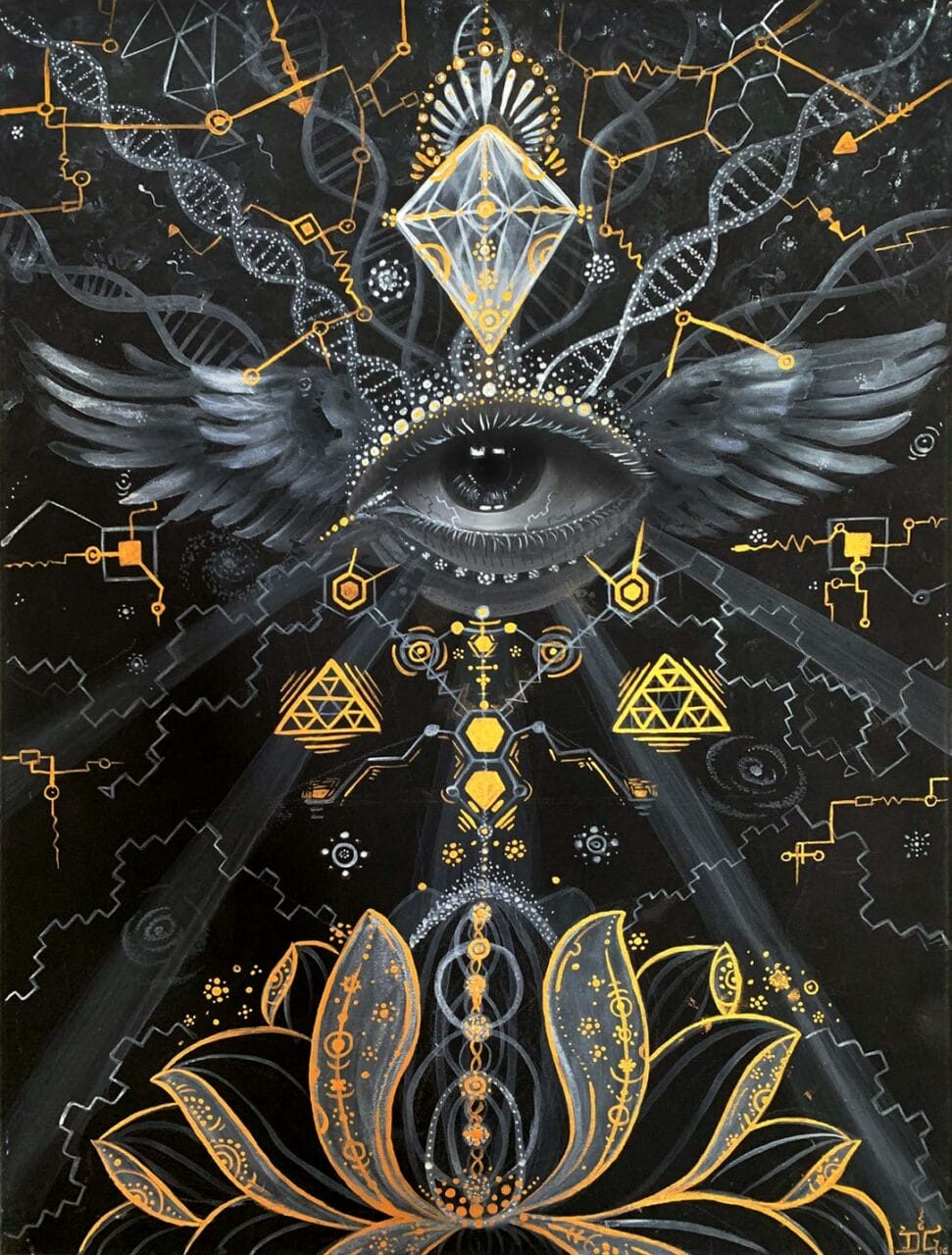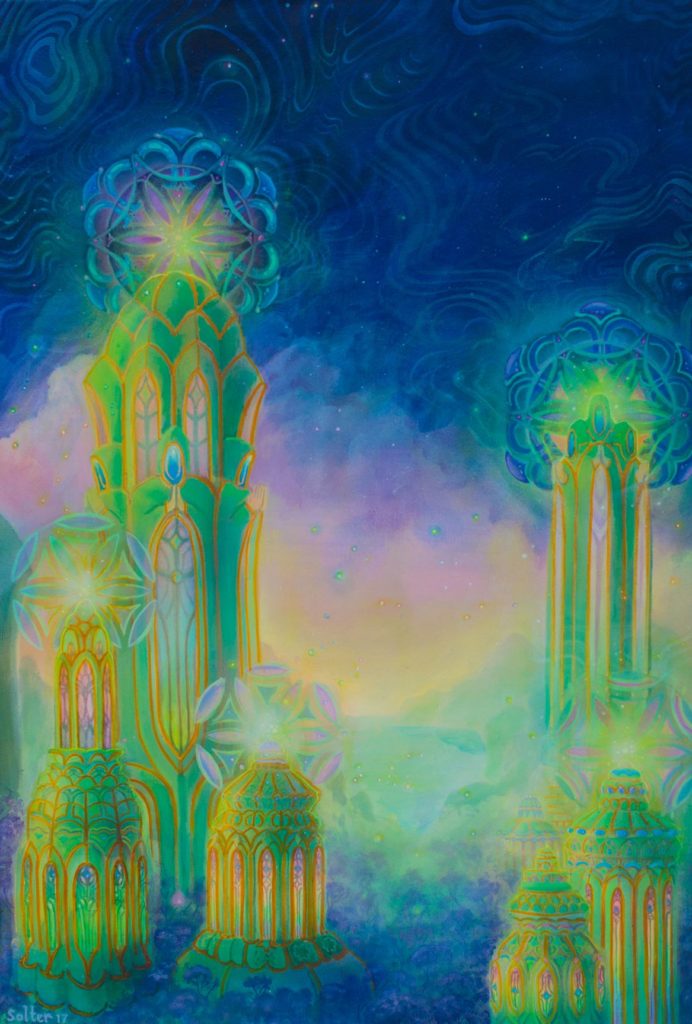
© Uni Kaya
The Historical Journey of Psilocybin Mushrooms
The existence of Psilocybin Mushrooms is traced back to 9000 BC according to historical evidence. These unique mushrooms, encompassing over 200 different species, contain psilocybin, a compound known for inducing hallucinogenic effects. The effects may include altered perception, visual and auditory hallucinations, and profound spiritual experiences. For millennia, these mushrooms have been used in spiritual ceremonies, rituals, and practices across diverse cultures and tribes. A significant number of these historical uses originate from North and South America.
Psilocybin Mushrooms in Ancient Times
Throughout history, numerous cultures have used natural psychedelics. Evidence found in the Sahara Desert suggests that humans were using Psilocybe Cubensis over 7000 years ago. Archaeological finds indicate the depiction of this psychoactive substance in prehistoric art across various regions. For instance, the indigenous tribes of North Africa in the Sahara depicted its use in their artwork dating back to around 9000 BC. Similarly, the renowned Selva Pascuala mural rock painting in Spain, estimated to be 6000 years old, suggests the use of Psilocybe Hispanica in religious rituals. The influence of these substances on cultural evolution, religion, art, societal norms, and everyday life is increasingly apparent. It’s undeniable that this substance has significantly affected our culture and society.
Historical Overview of the Use of Magic Psilocybin Mushrooms
Historically,magic Psilocybin Mushrooms have been in use for a long period. The psychoactive substance we know today has transversed various eras, with diverse practices related to its use. Who could resist the gifts of nature? It’s time for Fungalfriend Canada to delve into the historical journey that has led Psilocybin Mushrooms to its current state.
Key Points
- Dried Psilocybin Mushrooms have been employed in traditional rituals and spiritual healing for centuries. Today, it is used as a treatment for mental health disorders.
- Psilocybin Mushrooms became closely associated with the hippie culture and played a significant role in the psychedelic revolution, encouraging its recreational use.
- Key figures such as Wasson, Sabina, and McKenna introduced psilocybin to the contemporary world.

© Jonathan Solter
Endorsing the Stoned Ape Theory
Terence McKenna proposed the Stoned Ape Hypothesis, suggesting that psilocybin could have contributed to human evolution, particularly in cognitive enhancements. Despite some opposition, the intriguing aspects of this theory remain undeniable.
Primitive Societies and Sacred Customs
Historical cultures depicted cubes through symbols, artwork, and sculptures, indicating the ceremonial usage of Psilocybin Mushrooms. The Mayans and Aztecs used it to connect with supernatural beings, including gods. Within the diverse Aztec society, it was termed “teonanácatl“, meaning “flesh of the gods”. The concept of a psychedelic experience was unfamiliar, causing them to view it as a divine entity. Heading north to Siberia, hallucinogenic Psilocybin Mushrooms were employed by Siberian shamans. They specifically used the hallucinogenic compound (Psilocybin Mushrooms) known as “Amanita Muscaria” for spiritual healing and customary practices, despite its toxic nature. This practice dates back nearly ten thousand years. In African tribal rites, particularly within the Congo and Zimbabwean tribes, cubes were utilized to converse with ancestors, stimulate visions, and promote spiritual healing. These historical cultures provide a backdrop to the current use of psilocybin. The reverence for this substance in these cultures originated from its divine connection and its ability to instigate mystical experiences.
Psilocybin Mushrooms in Mythology and Folklore
Numerous accounts, including those by Gordon Wasson, have highlighted the connection between Psilocybin Mushrooms and the spiritual world, underlining its role in folklore and mythology as a medium for divine communication and illumination. In ancient India, the Soma—a ceremonial brew mentioned in the Vedas—was thought to trigger altered states of consciousness. Scholars like Wasson speculate that it could have been made from psychoactive plants, specifically fly agaric. Some even suggest that this ancient elixir might have included a mixture of diverse plants. Regardless of its origin, the psychedelic history suggests that Soma facilitated the appearance of holy symbols during rituals, symbolizing a passage to superior wisdom or spiritual awakening.
The Contemporary Period
A Brief Overview of the
Beginnings
400;”>Historical documents from the period before the arrival of the Europeans reveal that Mayans and Aztecs utilized psilocybin Psilocybin Mushrooms. However, Spanish authorities in the 15th and 16th centuries condemned its use as uncivilized and subsequently outlawed it. Despite this ban, shamans covertly continued to consume magic Psilocybin Mushrooms, thereby maintaining their cultural customs for over four centuries.
The Return to the Western World
The 1950s saw a revival of these substances in the Western world, largely due to the groundbreaking work of individuals such as R. Gordon Wasson, Roger Heim, and Albert Hofmann. During a visit to Mexico, they managed to isolate the two psychedelic components (psilocybin and psilocin) found in the Psilocybin Mushrooms obtained from the Mazatec tribe. Wasson then publicized his discoveries, uses, and reflections on magic Psilocybin Mushrooms in Life magazine. His articles and firsthand experiences led to the recognition of the substance as a potent hallucinogen. By the arrival of the 1960s, the substance had become emblematic of the Hippie movement and was seen as a conduit to spiritual encounters. However, its usage also sparked substantial debate and triggered a shift in the recreational use of hallucinogenic substances.
Continued Evolution: Worldwide Ban
In 1971, the United Nations Convention on Psychotropic Substances classified psilocybin as a Schedule 1 illegal drug, alongside Lysergic Acid Diethylamide and N, N-Dimethyltryptamine. They were all deemed to lack medicinal value and to have a high potential for misuse. This classification led to its criminalization in many Western nations, including Canada and the U.S., severely limiting the spiritual and therapeutic use of the substance.
The Modern Resurgence of Psilocybin
In recent years, there has been a loosening of the strict laws surrounding the use of psilocybin, beginning with its decriminalization. This shift coincides with the UN’s provision for treaty member nations to regulate the substance as they see fit. Simultaneously, a growing body of research and clinical trials on psychedelics and consciousness powerfully underpins potential medicinal uses of psilocybin. A study carried out in 2021 examining the therapeutic use of psychedelics suggests that the 1970 ban significantly hindered further research. However, a preliminary study in 2004 rekindled interest in psilocybin, suggesting possible uses in neuropsychiatry, notably for treating mental health conditions such as:
- Depression, Anxiety, and Stress
- Post-traumatic Stress Disorder (PTSD)
- Obsessive-compulsive Disorder (OCD)
- Drug Addiction (Aiding in Recovery)
- Excessive Consumption of Alcohol and
The Influence of Media and Art
The topic of psychedelic cubes has become such a common discussion that it is represented in various ways. The renewed interest in these substances among the community has been sparked through several media, art, and literature platforms. Movies such as “Fantastic Fungi” by Director Louie Schwartzberg, and documentaries that delve into their therapeutic properties, have enriched public understanding of their psychological and physical effects. Michael Pollan, the author of “How to Change Your Mind,” has conducted extensive research into the use of psychedelics for mental wellness and spiritual development, hence reviving interest in their societal and therapeutic relevance.
Prominent Historical Advocates of Fungi
- María Sabina: María Sabina, a Mazatec shaman and poet from Mexico, was instrumental in introducing cubes to Western society. She permitted Wasson to observe her Psilocybin Mushrooms rituals.
- Gordon Wasson: Wasson, a writer, gained recognition for drawing worldwide focus to the drug. His comprehensive account of his experiences with Sabina led to a broader understanding of its local applications.
- Terence McKenna: As a key advocate for psychedelics, McKenna emphasized their cultural and philosophical significance. His speeches, writings, and research helped popularize the “Stoned Ape” theory, portraying it as a cognitive development tool that shaped society.
The Chronology – A Quick Overview
with TRD.
| Prehistoric | Stone art found in the Sahara, Africa, illustrates its prehistoric usage | |
| Ancient | The Maya and Aztec civilizations incorporated teonanácatl into their religious and spiritual rituals. | |
| 16th Century | Its use was discouraged due to its association with indigenous beliefs | |
| 18th Century | In 1799, the “intoxicating” effects of the drug surfaced when four children accidentally ingested Psilocybe Semilanceata, highlighting the potential risks. | |
| 20th Century | Wasson and Sabina introduced the drug to the Western world, sparking the psychedelic revolution among hippies. The UN legalized the possession and use of the substance. | |
| 21st Century | Clinical trials are being conducted to validate its medical potential.
The Emergence of the Psychedelic Era and Beyond Salvation | Purchase Psilocybin Mushrooms Online at Fungalfriend CanadaThe consistent use of cubes by Fungalfriend Canada, supported by robust scientific research, will persistently increase until it achieves worldwide acknowledgment. Fungalfriend Canada’s online Psilocybin Mushrooms store is prepared to facilitate this change. Our vast range of products attracts customers, encouraging them to undertake the intriguing and healing journey of psilocybin. Secure your preferred items from Zoomies today. Commonly Asked QuestionsNo, Amanita Muscaria does not possess the active components present in Psilocybe Cubensis. Instead, the psychoactive substances in fly agaric are muscimol and ibotenic acid. A prevalent hypothesis regarding Soma’s origin proposes it as a mixture of different psychoactive plants. In the same way, ayahuasca is a mind-altering drink. Nonetheless, the sole similarity between them is the view of soma as an analogue of ayahuasca. It underwent scrutiny for potential Psilocybin Mushrooms toxicity after being labeled as a poisonous Psilocybin Mushrooms. Presently, we recognize it as the Psilocybe Mexicana. |

